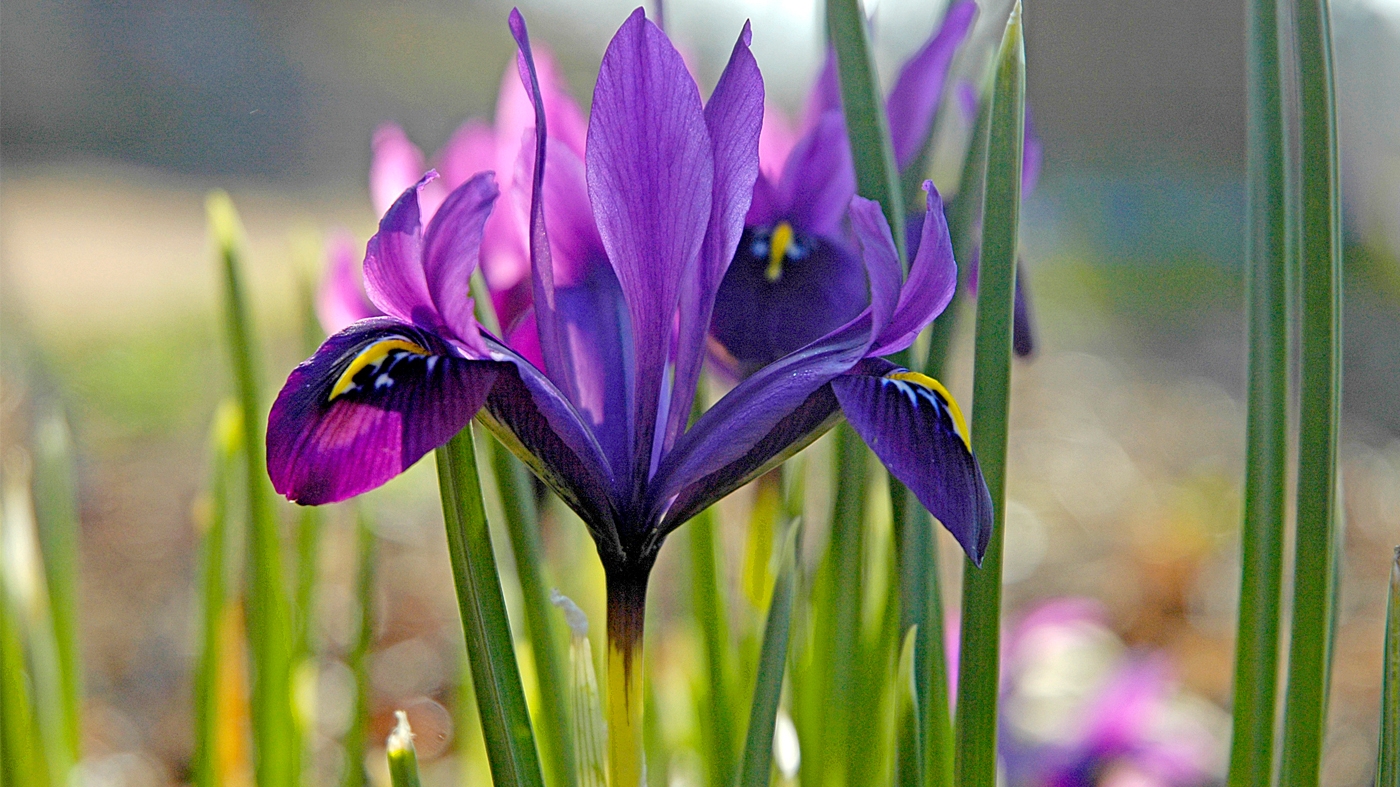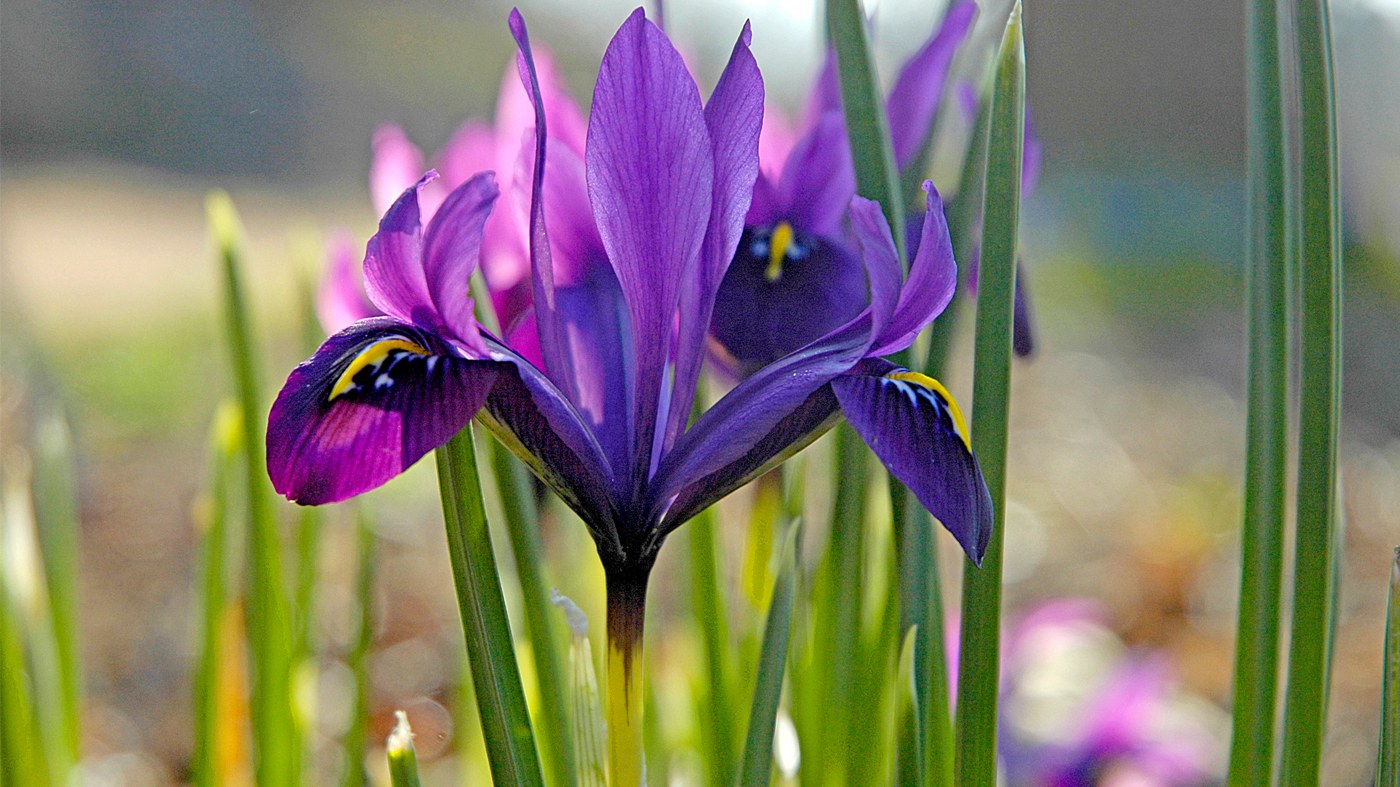
Weeping Forsythia
We know spring has arrived in northern climes when we see the cheery yellow blooms of the ubiquitous forsythias in April. Named after William Forsyth, one of the founders of the Royal Horticultural Society in the 18th century, produce four- petaled clusters of bell-shaped flowers in the axils of the branches. These Asian shrubs are very adaptable to poor soils and varying moisture, but the flower buds may be tender on older cultivars. Pruning is best done immediately after flowering, giving new growth time to form flower buds. Never shear forsythias into “green meatballs”, as their natural shapes are graceful enough.
Forsythia suspensa, weeping forsythia, is a native of China and is grown for its long, cascading branches, which will root at the nodes. The form usually sold is the variety sieboldii. It can tumble from walls or cover embankments, forming thick, impenetrable masses. The leaves are opposite, often in groups of three, and deeply serrated. The variety fortunei has a more upright growth pattern. Although the species is hardy to zone 4, it is only fully flower bud hardy to zone 6, but has been used in breeding and is one of the parents of the border forsythia.


